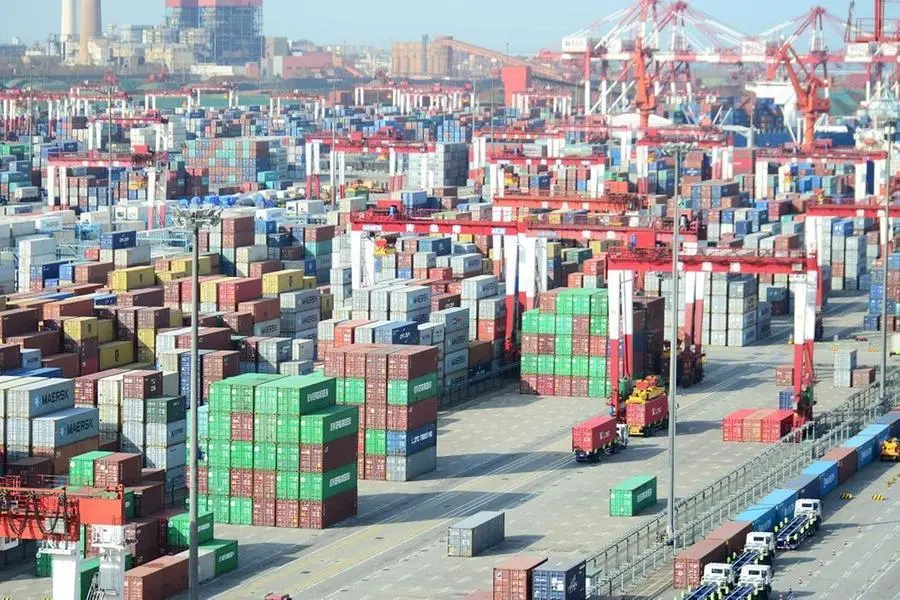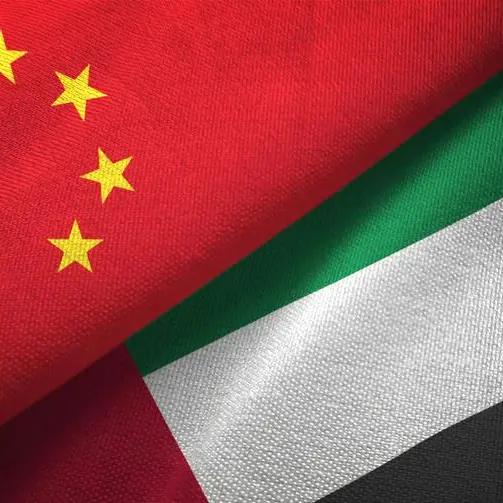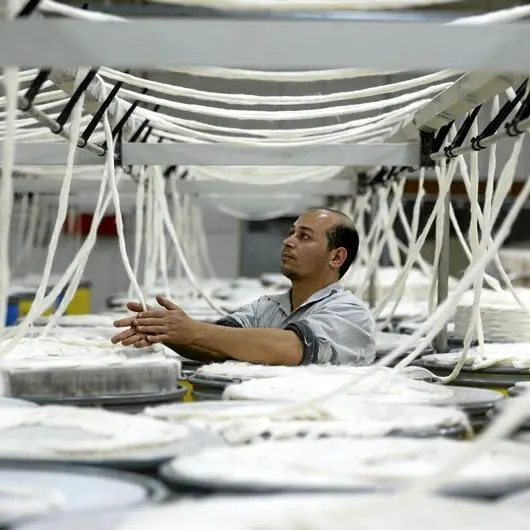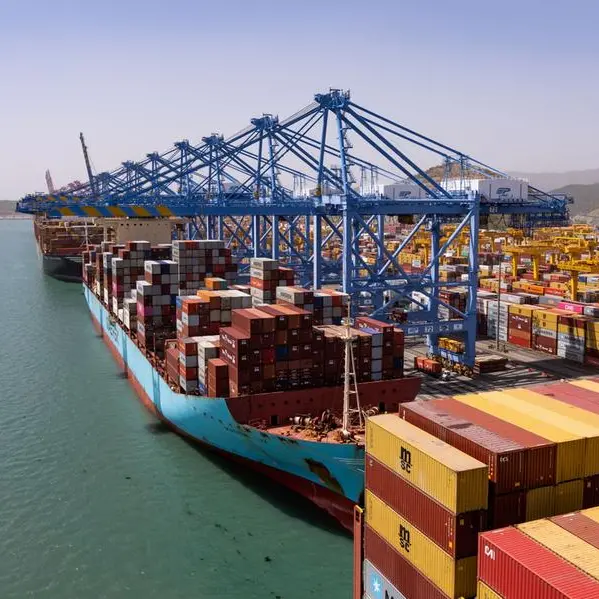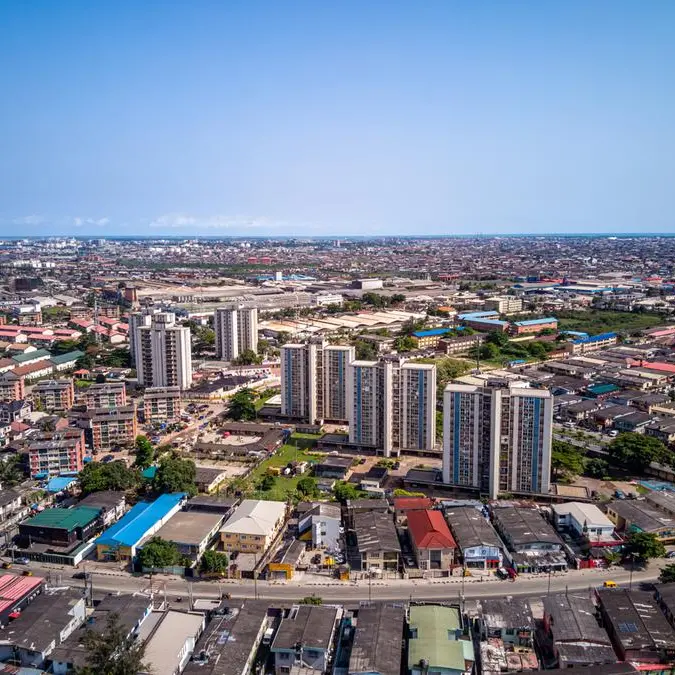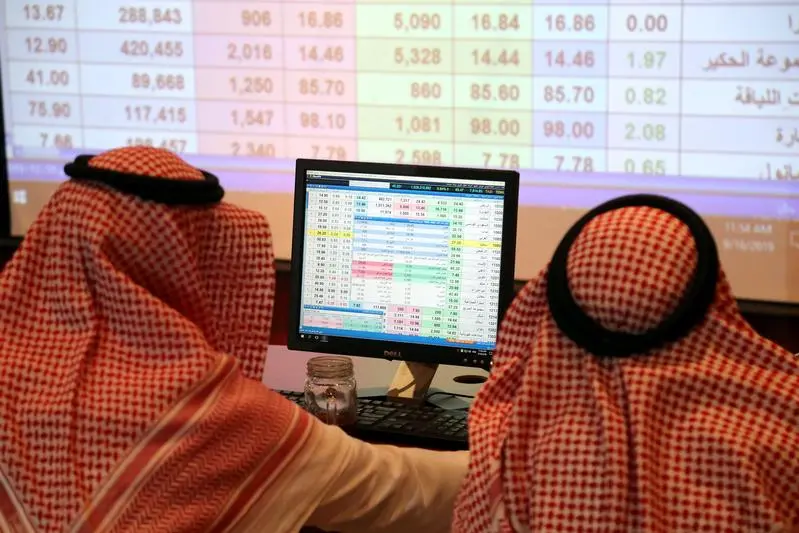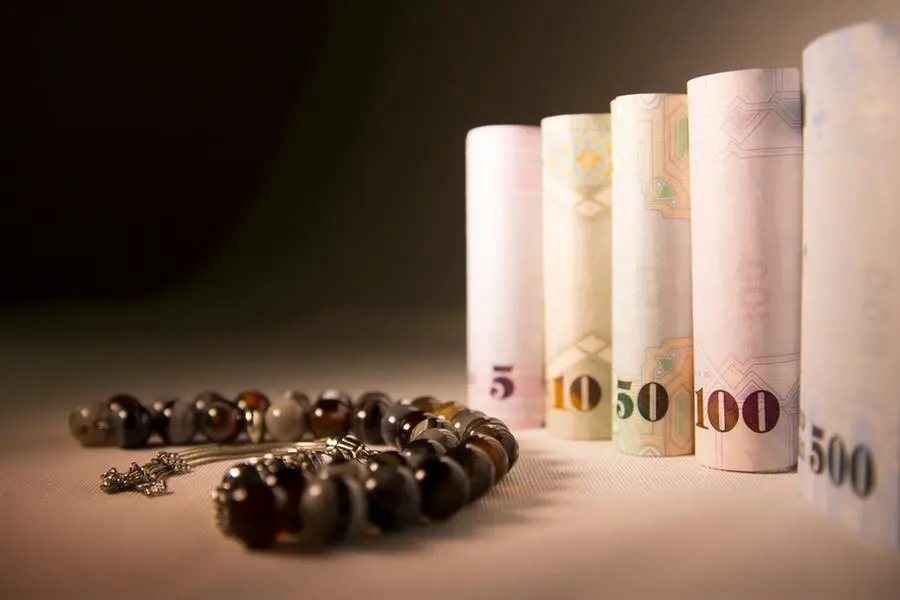PHOTO
Shipping containers are seen piled up at a port in Qingdao, Shandong province, China April 13, 2018. China Daily via REUTERS
Developments in China’s manufacturing and service sectors are having a direct impact on economic exchanges with several Asian countries, whether in the field of trade, manufacturing, tourism or others. Disruptions in supply chains during the pandemic had opened up alternative routes for trade in the Asian region and the world at large to the detriment of export-oriented emerging markets.
Three years on from the Covid19 related shutdowns that the world experienced amid the global turmoil of the pandemic, China in particular is recording accelerated growth in GDP, reaching 4.5 per cent in the first quarter of this year, despite the presence of some conflicting signals for other emerging markets, according to the Oxford Business Group report.
This strong performance of the Chinese economy in Q1 exceeded the expectations of many analysts, as a result of the growth of the services sector by 5.4 per cent and the retail sector by 10.6 per cent.
These developments enhance global economic growth in Asian countries as well, at a time when China has been working for decades to import raw materials from emerging markets due to the country's transition from a manufacturing economy to a service-oriented economy, which enhances forms of trade. However, the data indicates a slowdown in Chinese exports to developed markets such as the European Union, Japan and America amid the recent geopolitical and trade competition, which reinforced China's transformation in Southeast Asian markets that are part of the Belt and Road Initiative.
During the first quarter, Chinese shipments to Asian markets increased by 35.4 per cent, raising the value of total exports by 14.8 per cent. Also the share of ASEAN countries in China's foreign direct investment tripled, from approximately 5 per cent in 2016 to more than 15 per cent in 2021, according to the report. China's export growth is likely to affect emerging markets in different ways, outperforming certain countries.
The movement of the stock markets also supports these trends, with the expectation of China's reopening of those markets that attract billions of dollars, and the acquisition of foreign funds in huge sums of a number of those securities that are performing well with new capital inflows.
Today, a number of emerging export-oriented markets benefit from these developments, especially those that enjoy close trade relations with China, such as Vietnam, Malaysia and other Asian countries, which helps to address the trade deficit of those countries, and to develop the value of trade exchanges among them in various commodities.
All of these countries are flourishing in tandem with China's recovery, at a time when China's demand for hydrocarbons, minerals, oil and gas is increasing, whether from Arab, Gulf or Asian countries.
Economic development in our region is also linked to the recovery of Chinese industries, as China is one of the largest importers of Gulf oil, and thus the rates of foreign trade between the GCC countries and China increase, besides boosting in the value of exports and imports to and from China every year. These developments effect directly the political and economic relations between the two sides, while China succeeded recently to mediate between Saudi Arabia and Iran regarding the political relations between them.
This step will spur the growth of Arab-Chinese relations in the coming years, not only on the economic level, but also on political, commercial and cultural relations between the two sides.
2022 © All right reserved for Oman Establishment for Press, Publication and Advertising (OEPPA) Provided by SyndiGate Media Inc. (Syndigate.info).
